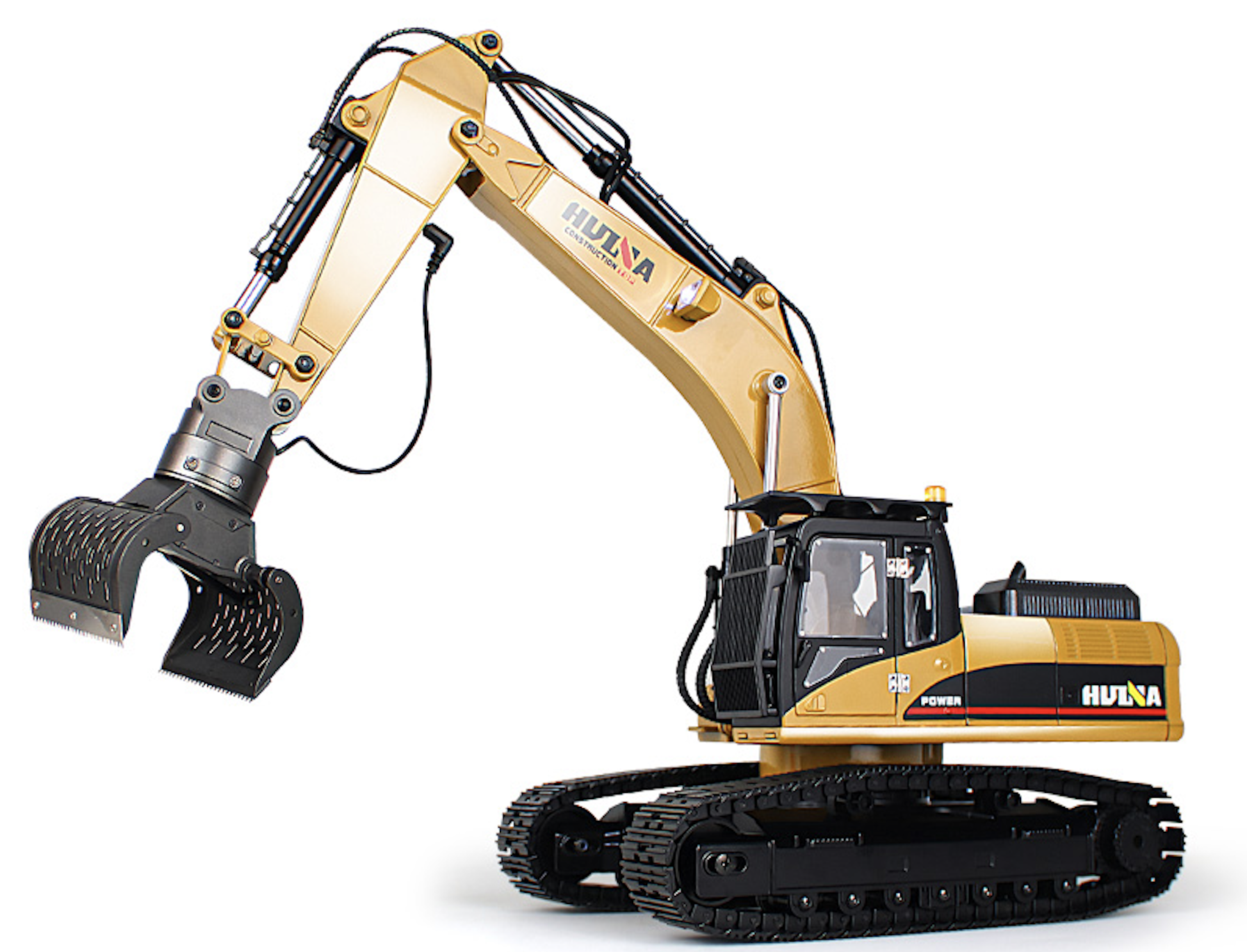Introduction
Stepping into the world of radio-controlled (RC) cars and trucks is an exciting moment. The thrill of controlling a powerful, miniature vehicle is unmatched. However, for beginners, the initial excitement can be quickly dampened by simple, avoidable mistakes. Choosing the wrong model or incorrect handling can lead to a broken vehicle and a frustrated owner.
This guide is designed to set you on the right path. We will walk you through the common pitfalls beginners face, from selecting their first vehicle to maintenance and customization. By the end, you'll be equipped with the knowledge to enjoy your RC car or RC truck to the fullest and skip the beginner blues.
Choosing Your First RC Car: A Beginner's Guide
The first mistake often happens before you even press the throttle. The market is flooded with options, and choosing the wrong one can make the hobby feel overwhelming.
Size: For your first RC car, a 1/10 scale model is highly recommended. It's the most popular size, offering a great balance of stability, power, and availability of parts. Smaller models (1/18 or 1/24) can be less stable and more suited for indoors, while larger ones (1/5 or 1/8) are more powerful, expensive, and require more space.
Drive Type: A 4WD (Four-Wheel Drive) system is the best choice for beginners. It provides superior traction, control, and stability on various surfaces like grass, dirt, and pavement. While 2WD models can be fun and are often cheaper, they are more challenging to control, especially for a novice.
Performance: Don't get seduced by the highest speed claims. Look for a model with a "training mode" or a way to limit the top speed. This allows you to get a feel for the controls without instantly crashing into a curb. A brushed motor is perfectly adequate for starters; it's slower, more forgiving, and cheaper to replace than a brushless system.
Battery & Run Time: Always check what battery the model comes with. A Li-Po (Lithium Polymer) battery offers more power and longer run times but requires careful handling and a special charger. A Ni-MH (Nickel-Metal Hydride) battery is more beginner-friendly and forgiving if mistreated. Ensure you have at least two batteries to double your fun time!
For a great selection of durable and beginner-friendly models, check out the collection at Huina Toys' RC Trucks.
The Top 5 RC Car Mistakes Beginners Make (And How to Fix Them)
Here are the five most common errors that plague new RC enthusiasts and how you can avoid them.
Mistake 1: Skipping the Manual
Many beginners are so eager to drive that they unbox the car, charge the battery, and go. This is a critical error.
The Fix: Read the manual thoroughly! It contains vital information about your specific model: how to bind the transmitter to the receiver, proper charging procedures for your battery type, maintenance schedules, and troubleshooting tips. This 15-minute read can save you hours of frustration and money on repairs.
Mistake 2: Neglecting Post-Run Maintenance
You’ve had a great bash session. The car is dirty, but you put it away in the garage, thinking you'll clean it "later." Dirt, dust, grass, and moisture are the biggest enemies of your RC car.
The Fix: Make a quick clean-up part of your routine. Use a compressed air duster, a soft brush, and a damp cloth to remove debris from the chassis, wheels, and shocks. Check for loose screws and make sure the tires are clean. This simple habit dramatically extends the life of your vehicle.
Mistake 3: Ignoring Gear Mesh
A whining or grinding noise from the motor is often a sign of incorrect gear mesh—the space between the motor's pinion gear and the main spur gear. If it's too tight, it causes excessive wear and overheats the motor. If it's too loose, it strips the gears.
The Fix: Learn how to check your gear mesh. The "paper test" is a classic method: place a small piece of printer paper between the two gears, push them together, and then tighten the motor mount. The paper should create a perfect, slight backlash. Remove the paper, and you should hear a quiet, smooth whir, not a grind.
Mistake 4: Overdriving the Car's Limits
Beginners often push their cars to the absolute limit, launching them off massive jumps at full speed or driving through deep water.
The Fix: Understand that every RC model has limits. Start slow. Learn how the car handles and brakes before attempting high-speed runs. For jumps, start with small ramps and learn to control the vehicle in the air by using the throttle. Avoid deep puddles, as water can ruin electronics and bearings.
Mistake 5: Using the Wrong Tools for Repairs
Using household screwdrivers or pliers can strip screws and damage delicate parts on your RC truck.
The Fix: Invest in a proper hobby-grade tool kit. You will need quality hex drivers, a nut driver set, and long-nose pliers. Using the correct tools makes repairs faster, easier, and prevents unnecessary damage to your model.
The Art of Customization: Why Paint Your RC Body?
One of the most rewarding parts of the hobby is customization, and a custom paint job is the most visible way to express yourself.
Purpose: A new paint job isn't just for looks. It makes your car easily identifiable on the track or in a group. More importantly, the polycarbonate paint and protective film make the clear body shell more durable and resistant to cracks and scratches from minor impacts.
Popular Paint Schemes: While the trends are always evolving, a few styles remain perennially popular:
1. Fades: Seamlessly blending two or more colors together.
2. Splatter & Spiderweb: Creating a wild, aggressive look with splattered paint or fine webbing.
3. Racing Livery: Mimicking the designs of real-world race trucks and buggies, complete with sponsor logos.
4. Metallic & Pearl: Using paints with fine flakes or pearl additives for a deep, shimmering effect that looks fantastic in the sun.
Conclusion
Entering the RC hobby is a journey of fun and learning. By starting with the right vehicle, like a robust 1/10 scale RC truck from a trusted source, and avoiding these five common mistakes, you ensure that your journey is smooth and enjoyable. Remember to read your manual, clean your car after running, check your gear mesh, drive within your limits, and use the right tools. And don't forget to add a personal touch with a custom paint job. Welcome to the thrilling world of RC—drive smart, and have fun!


